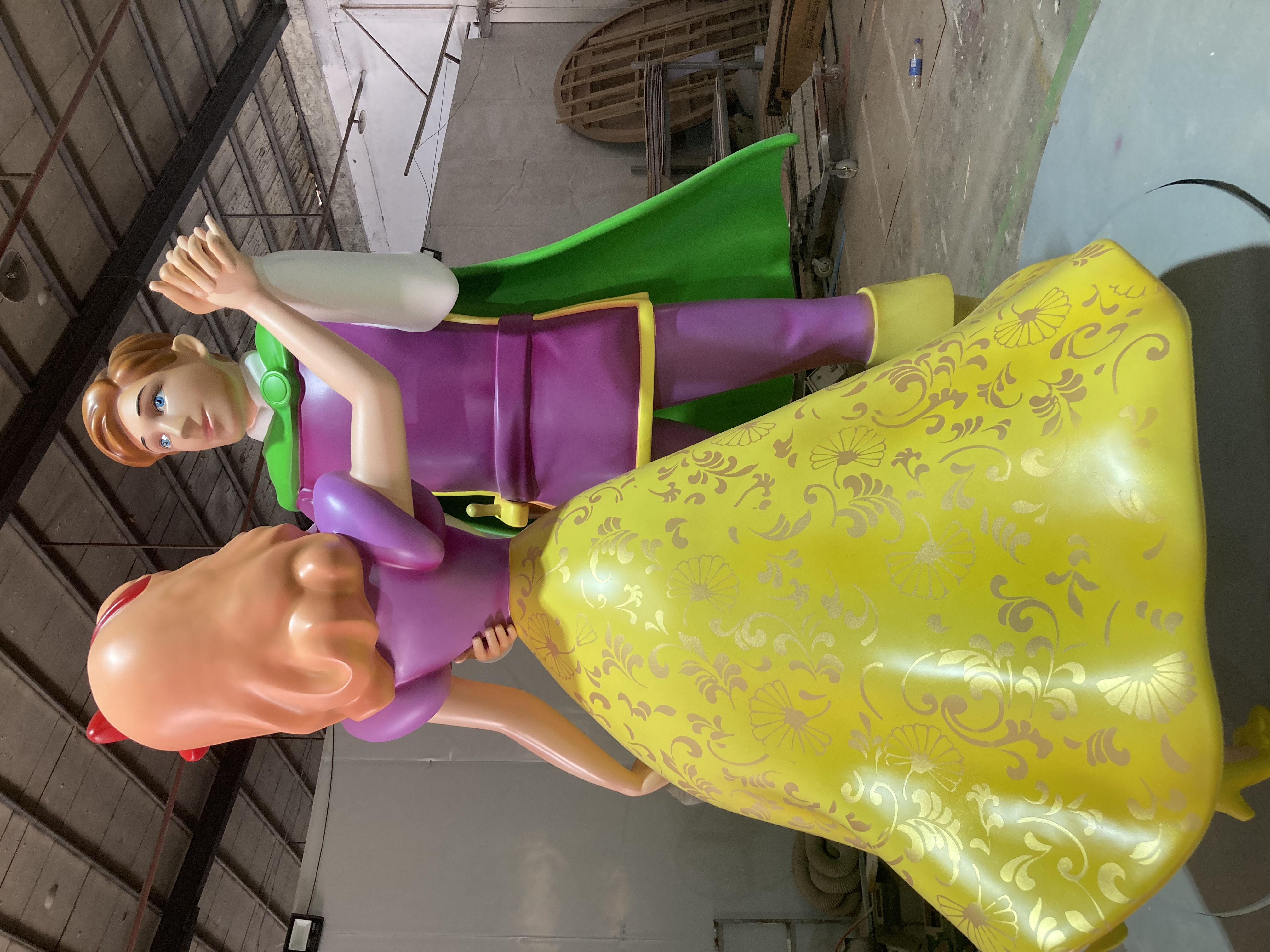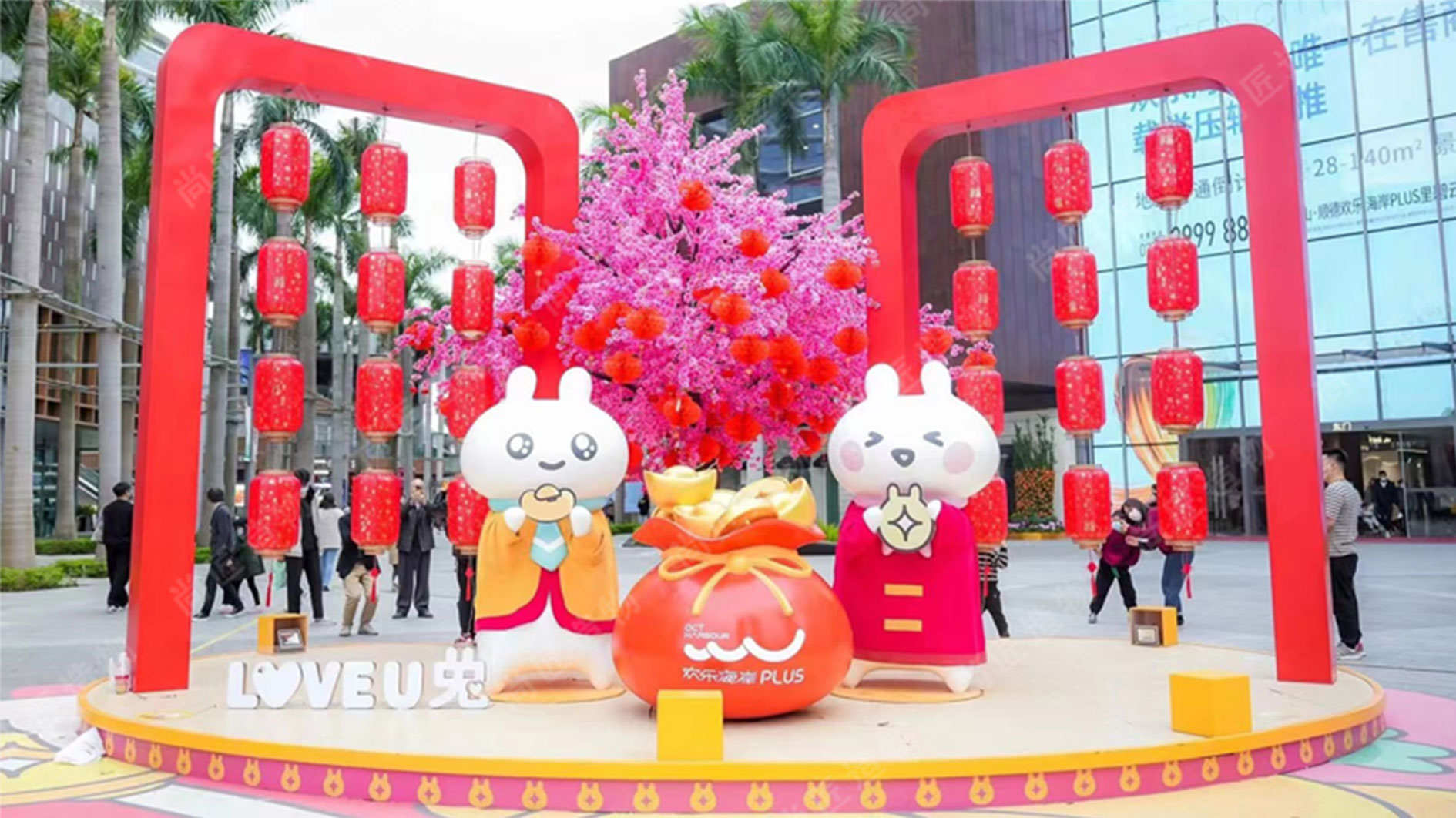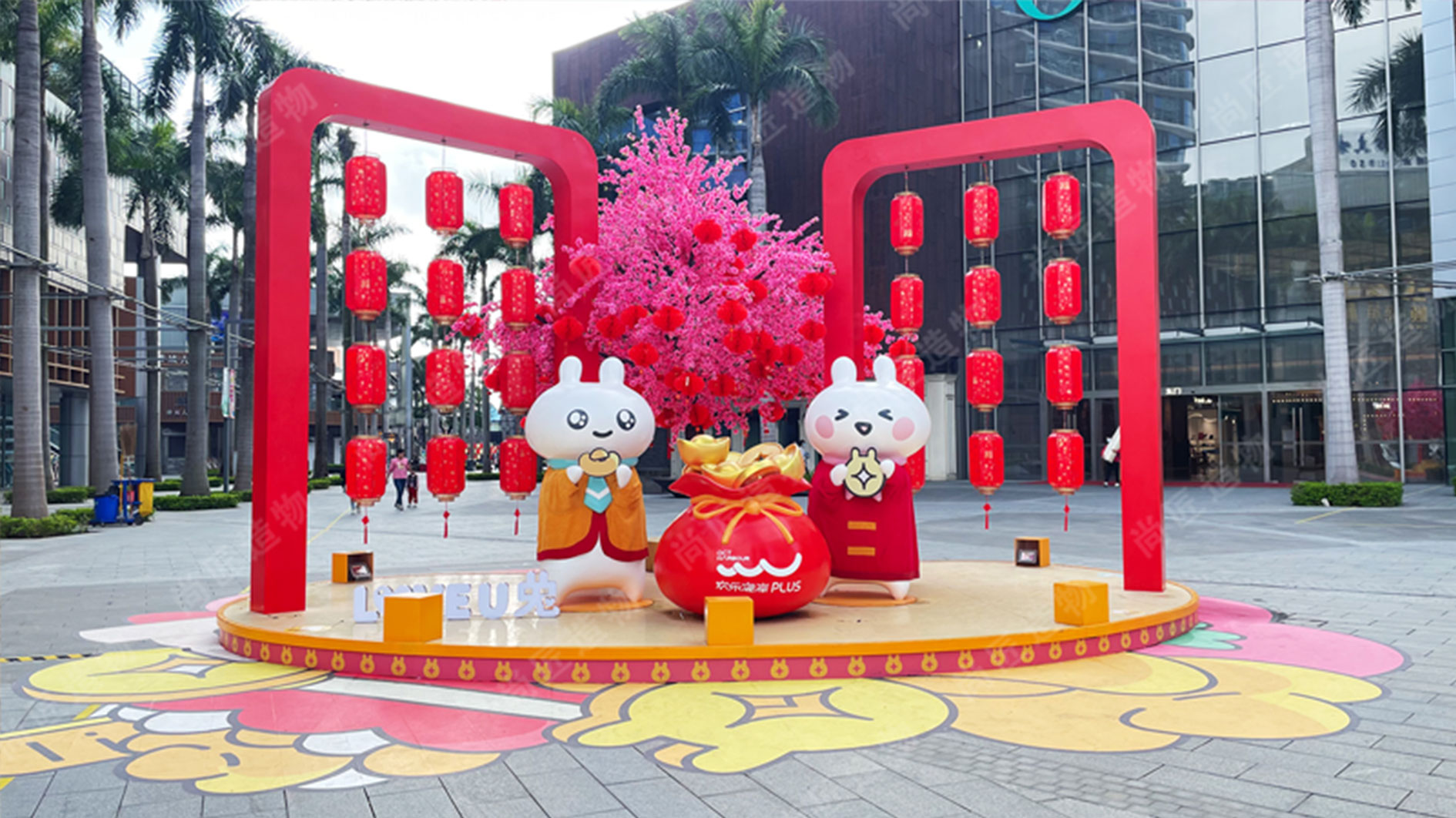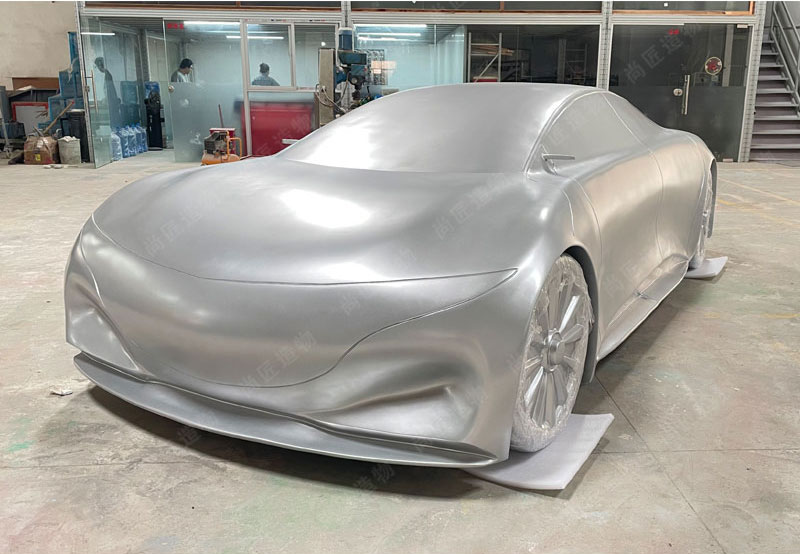Understanding the elements that contribute to corrosion resistance is key for artists and fabricators working with metal sculptures. Selecting the right material, such as stainless steel or aluminum, plays a significant role in ensuring durability. Protective coatings are vital as they shield sculptures from environmental damage, enhancing both longevity and aesthetic appeal. Furthermore, employing proper welding techniques and innovative design approaches can minimize stress and fatigue in large structures. Regular maintenance and inspections are equally important to address any wear early on. By integrating these strategies, creators can produce visually striking and lasting pieces that withstand various environmental challenges.
Understanding Corrosion Resistance in Metal Sculptures
Corrosion resistance in metal sculptures is vital for their longevity and visual appeal. Metals such as stainless steel, aluminum, and certain alloys are commonly chosen for their natural resistance to rust and deterioration. Stainless steel, for instance, contains chromium, which forms a protective layer that slows down oxidation. Aluminum, on the other hand, develops an oxide layer that helps protect it from further corrosion. The choice of material plays a crucial role not only in the sculpture's aesthetic but also in its durability under various environmental conditions. Factors such as humidity, salt exposure, and pollution can accelerate corrosion processes; thus, understanding these elements is essential for artists and fabricators alike. With proper selection of materials alongside innovative protective coatings like Nyalic, creators can ensure that their works maintain their brilliant finish while standing the test of time.
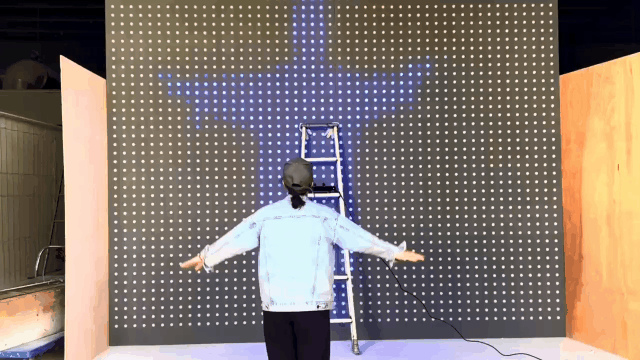
Best Materials for Rust-Resistant Metal Artwork
When selecting materials for rust-resistant metal artwork, stainless steel stands out due to its durability and natural resistance to corrosion. Specifically, grades 304 and 316 are popular choices in outdoor installations. Another excellent material is aluminum, especially when treated with anodization, which enhances its protective layer, preventing oxidation. Additionally, weathering steel (like Corten) can develop a protective rust layer that prevents further corrosion while adding a unique aesthetic appeal.
"Selecting the right metal is crucial for longevity in art."
For those seeking sustainable options, consider using recycled stainless steel or aluminum. These materials not only reduce environmental impact but also maintain the desired aesthetic qualities. Each of these materials offers unique benefits that can be harnessed to create stunning and lasting metal sculptures that withstand environmental challenges while remaining visually striking for years to come.
Techniques to Enhance the Durability of Metal Sculptures
To ensure the longevity of metal sculptures, adopting specific techniques can significantly boost their durability. First, proper welding techniques are crucial; utilizing reliable welds minimizes the risk of stress points that may lead to fatigue over time. Additionally, selecting high-quality materials such as stainless steel or corrosion-resistant alloys is key to resisting environmental wear. Implementing protective coatings can also extend a sculpture's lifespan. For instance, applying products like Nyalic provides a clear shield against corrosion while enhancing the aesthetic appeal. Regular maintenance and inspections can catch early signs of wear, allowing for timely repairs that prevent further damage. By combining these strategies, artists can create robust sculptures that endure the elements while retaining their stunning appearance. For more intricate art forms and inspiration that embrace such durability, check out Realistic sculpture.
The Role of Clear Coatings in Preventing Metal Corrosion
Clear coatings serve a crucial function in protecting metal sculptures from corrosion. These coatings create a barrier between the metal surface and environmental factors such as moisture and air, which can lead to rust and deterioration. The application of clear coatings can significantly reduce maintenance efforts, allowing artists to preserve the original aesthetics of their work.
For instance, using high-quality coatings like Nyalic can enhance the longevity of metals, preventing issues like tea staining or oxidation. Additionally, these coatings are designed to adhere smoothly, ensuring that the bright silver finish of sculptures remains vibrant over time.
| Coating Type | Material Compatibility | Durability | Application Method |
|---|---|---|---|
| Nyalic | Aluminum, Stainless Steel | High | Spray or brush application |
| Epoxy | Various metals | Moderate | Brush or roller application |
| Polyurethane | Steel | High | Spray application |
Choosing the right clear coating is essential for achieving optimal protection and maintaining a sculpture's integrity against corrosion. By being proactive with these protective measures, artists can ensure their modern metal artworks remain not only stunning but also durable for years to come.
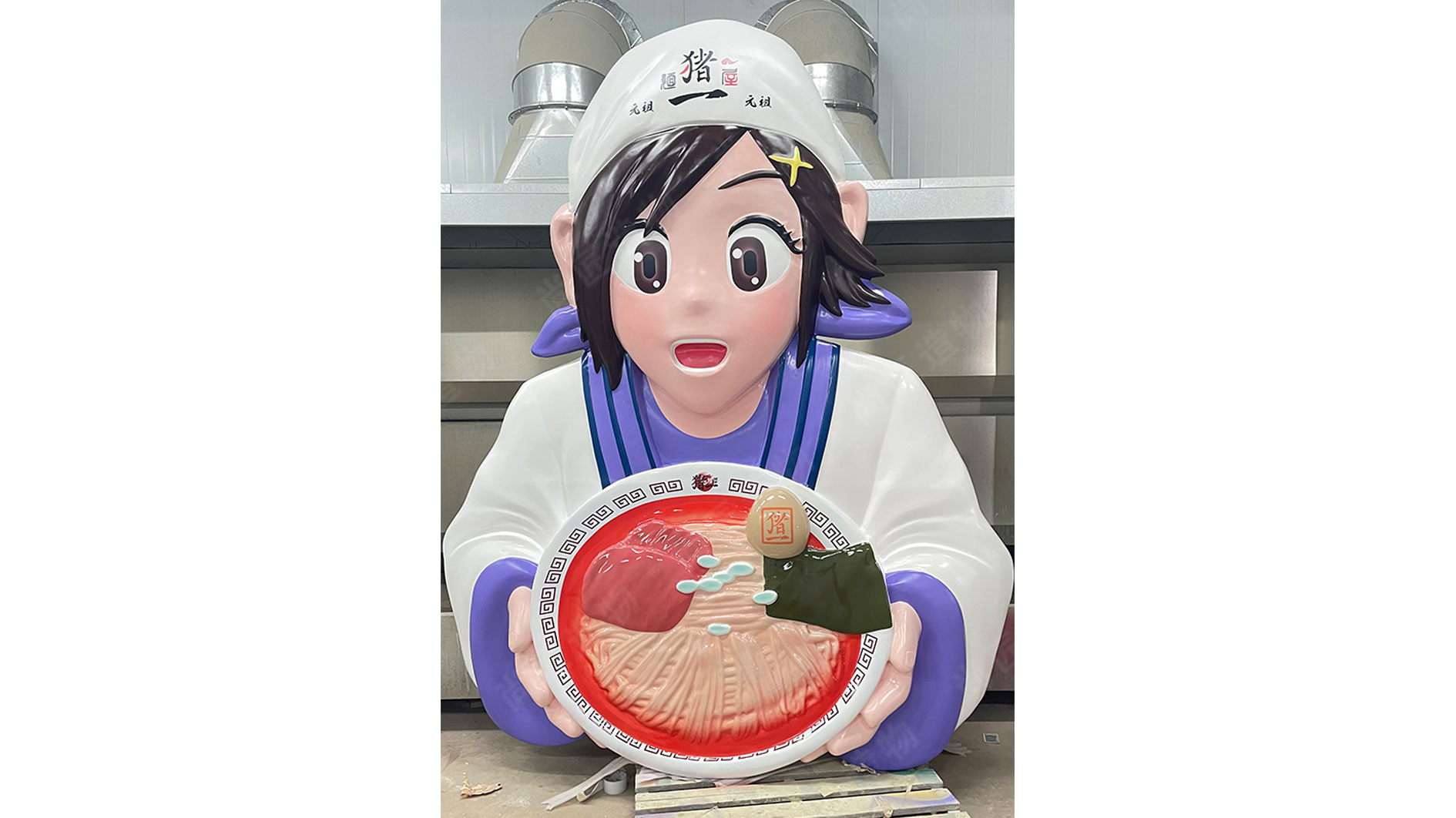
How to Choose Sustainable Metals for Artistic Creations
When selecting sustainable metals for your sculptures, it's essential to consider both their environmental impact and durability. Aluminum and stainless steel are popular choices due to their recyclability and resistance to corrosion. Recycled metals not only decrease the demand for raw materials but also reduce energy consumption in the production process. Additionally, materials like copper and bronze, while beautiful, should be sourced responsibly to avoid contributing to environmental degradation. It's also worthwhile to assess local suppliers who prioritize sustainable practices, ensuring a lower carbon footprint associated with transportation. By choosing these metals thoughtfully, you can create art that not only meets aesthetic standards but also aligns with eco-friendly values.
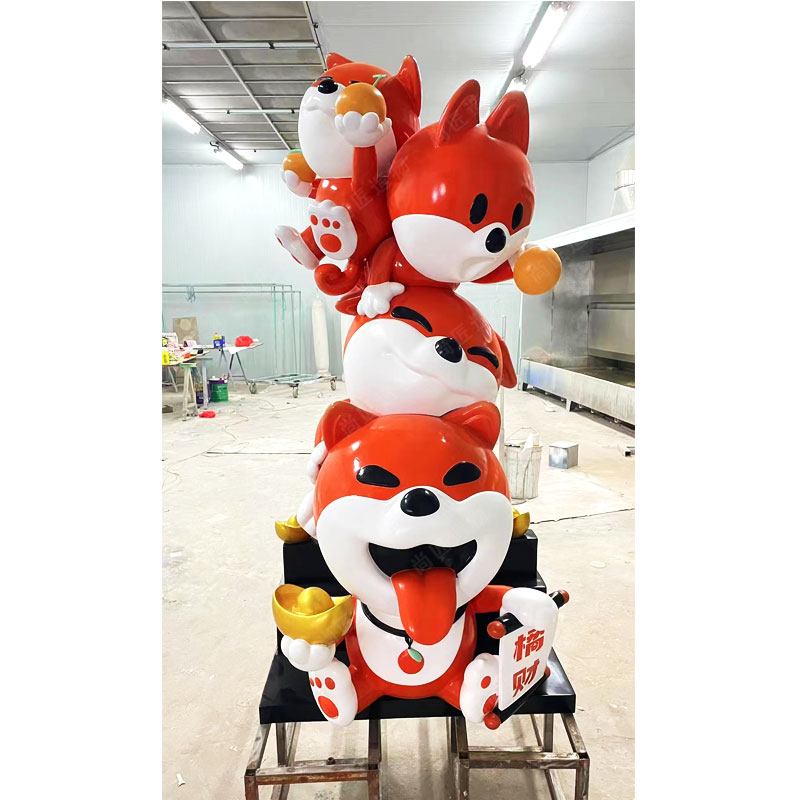
Factors Influencing Fatigue in Large Metal Sculptures
When creating large metal sculptures, several factors contribute to metal fatigue, which can impact their longevity and structural integrity. One key consideration is the choice of material; certain metals like stainless steel are favored for their strength and resistance to environmental stressors. The design of the sculpture also plays a vital role in distributing load and stress evenly. Poor design can lead to weak points where fatigue develops more rapidly. Additionally, welding techniques and the quality of welds are crucial; improper welding can create areas of vulnerability that compromise overall stability. Environmental factors such as temperature fluctuations, humidity, and exposure to corrosive elements can further exacerbate fatigue issues. Regular assessment of these sculptures can help identify signs of wear before they lead to significant damage. Incorporating materials designed for durability helps mitigate these risks, ensuring that large sculptures remain safe and visually striking over time.
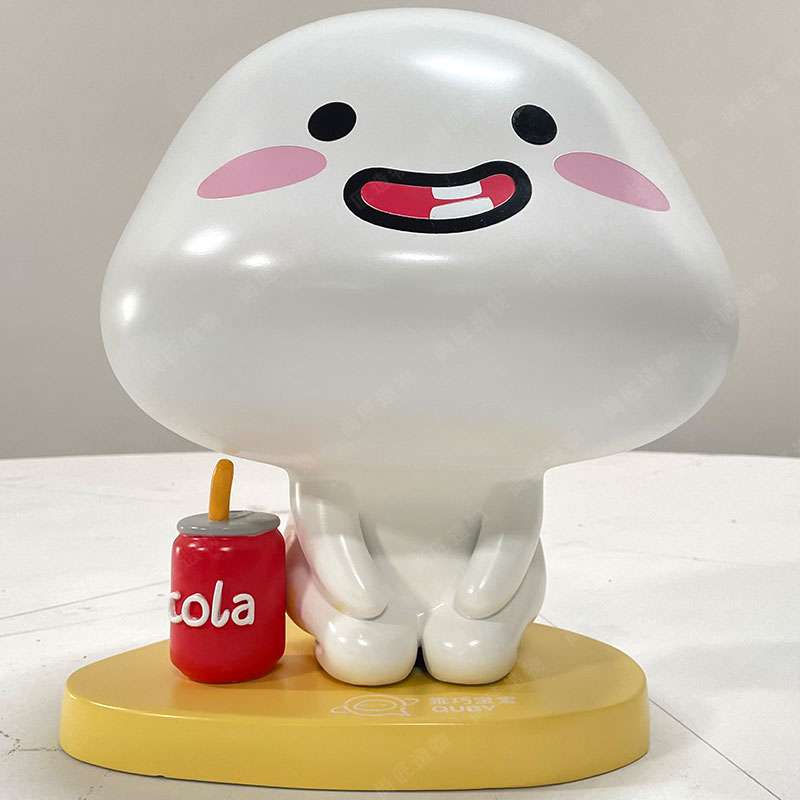
Maintaining the Aesthetic of Corrosion-Resistant Artworks
To maintain the aesthetic appeal of corrosion-resistant metal sculptures, regular cleaning and thoughtful maintenance are essential. Dust, dirt, and environmental pollutants can dull the brightness of metals over time. Using mild soap and water can help clean surfaces without damaging protective coatings. Additionally, applying a protective clear coat can enhance the sculpture’s shine while acting as a barrier against corrosion. Regular inspections for signs of wear or damage also play a crucial role in preservation. Sculptors should consider using coatings like Nyalic that offer both durability and ease of maintenance for long-lasting beauty. Artists should also explore innovative methods, such as environmentally friendly treatments, to keep their works visually striking while promoting sustainability in their art practices. For examples of unique metal creations, visit IP character sculpture.
Innovative Approaches to Creating Lasting Metal Sculptures
Artists are continuously exploring innovative approaches to enhance the longevity of metal sculptures while preserving their visual appeal. One effective method is the use of advanced welding techniques that minimize heat distortion, which can lead to structural weakness over time. Additionally, incorporating modular design principles allows for easier assembly and maintenance of large sculptures. The use of corrosion-resistant alloys, such as stainless steel or aluminum alloys, offers intrinsic protection against environmental factors. Furthermore, artists can experiment with special surface treatments, such as anodizing or powder coating, which significantly improve durability while providing a vibrant finish. By integrating these approaches, creators can produce metal artworks that not only captivate viewers but also withstand the tests of time and nature.
Conclusion
Creating rust-resistant metal sculptures involves a deep understanding of materials and techniques that enhance durability while maintaining aesthetic qualities. By selecting corrosion-resistant metals, like stainless steel and aluminum, and applying innovative protective coatings, artists can significantly extend the life of their sculptures. Regular maintenance is crucial to preserve both the integrity and visual appeal of these artworks. Furthermore, incorporating sustainable practices not only benefits the environment but also aligns with contemporary artistic values. Ultimately, by adopting these strategies, artists can ensure their metal sculptures remain captivating and resilient against the elements for years to come.
FAQs
What are the best metals for creating rust-resistant sculptures?
Stainless steel, aluminum, and weathering steel are some of the best metals for rust-resistant sculptures due to their natural resistance to corrosion.
How do protective coatings help metal sculptures?
Protective coatings create a barrier between the metal and environmental factors, reducing oxidation and maintaining the sculpture's visual appeal.
Can recycled metals be used for rust-resistant art?
Yes, recycled stainless steel and aluminum are excellent options as they offer both durability and eco-friendly benefits.
What factors can lead to corrosion in metal sculptures?
Environmental factors such as humidity, salt exposure, and pollution can all accelerate the corrosion process in metal sculptures.
How can I maintain my metal sculpture's appearance?
Regular cleaning with mild soap and water, coupled with protective coatings, can help maintain the sculpture’s aesthetic and longevity.
 ch
ch English
English

